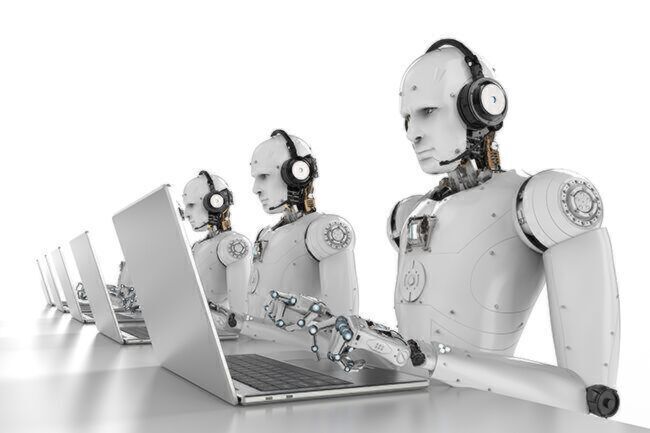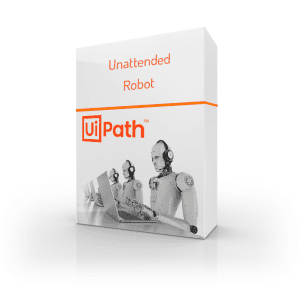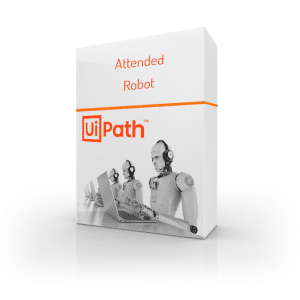RPA
Robotic Process Automation (RPA) streamlines business workflows by automating routine, rule-based tasks, enabling a digital workforce that works faster, reduces error rates, and frees up human employees for more complex jobs. It’s an efficiency revolution, transforming the way enterprises operate by integrating virtual robots that work 24/7 and deliver consistent, accurate results.
RPA, which stands for Robotic Process Automation, is a practice in both business and technology aimed at automating repetitive tasks. In RPA projects, software "robots" are configured and managed to mimic the actions of human users interacting with IT applications. These robots handle tasks that are highly structured, repetitive, and involve large volumes of data within existing IT systems. RPA technology offers a non-intrusive approach compared to writing custom code for automation in a new application or service. Instead, it utilizes specialized integration APIs or integrates with existing systems through various methods (such as interfacing with databases, interacting with application code directly, or extracting data from existing application interfaces).
There are two primary delivery methods for the core technology in RPA:
- In "attended RPA" the robots operate within each user's desktop environment, working alongside the user. They function as automated assistants, handling frequently repeated standalone clerical tasks on behalf of the user. This results in faster task completion with fewer errors.
- In "unattended RPA" the robots also automate users' desktop applications, but they operate on a separate server or virtual machine (or multiple servers). They perform tasks behind the scenes and execute their work when triggered by other software systems. In this mode, robots work autonomously without direct input or guidance from users.




Robotic Process Automation (RPA) is a fusion of various technologies consolidated into a single toolkit designed for diverse automation purposes. Although the term 'RPA' gained prominence in the early 2000s, its initial development began in the aftermath of the 1990s.
One pivotal technology that contributed to RPA's inception was 'Machine Learning (ML)'. Developed by 'Arthur Samuel' in 1959, Machine Learning empowered computers to carry out crucial tasks like translation and text summarization. Nevertheless, there were limitations in how computers processed language, leading to the emergence of 'Natural Language Processing (NLP)'. This advancement allowed computers to comprehend and process human language more accurately, combining AI for interactions between computers and human languages in the 1960s. This progression eventually paved the way for RPA, with further developments in the 1990s.
This continuous evolution led to the emergence of a technology closely resembling RPA. The historical narrative of RPA reveals three key predecessors:
- Screen Scraping: This technology played a significant role in RPA's creation, enabling the extraction of data from web pages, programs, and documents for display in another application. While screen scraping offered advantages over manual labor, it had limitations, particularly in terms of source code availability and complexity for average business users.
- Workflow Automation and Management Tools: Workflow automation involves a series of automated actions aimed at reducing human tasks, particularly those that are repetitive and predictable. Automated management tools facilitate this process, using business rules to determine when a step is completed and the next one can commence.
- Artificial Intelligence (AI): AI empowers computer machines or robots to perform tasks typically requiring human intelligence. AI programming is based on three key techniques: learning, reasoning, and self-correction. It encompasses various technologies such as image recognition, speech recognition, natural language generation, and sentiment analysis.
These technologies collectively contribute to RPA's impactful platform, offering numerous benefits for business users.
RPA holds tangible value in the real world, despite not being the ideal solution for IT architects aiming to minimize overall system complexity. This is especially true for businesses of significant size, where a substantial number of integration requirements may not be economically addressed by traditional IT-driven projects. RPA's non-invasive nature to existing systems allows for potentially quicker and more cost-effective project delivery, with less reliance on specialist enterprise IT groups. This is particularly evident in attended RPA, which sees greater deployment scale compared to unattended RPA.
Today, two key areas of RPA implementation in enterprises are call-centers/contact-centers and back-office administration (particularly in finance, accounting, HR, and supporting functions). These areas often grapple with aging IT systems and clusters of highly-structured clerical tasks, making them ripe for RPA applications.
Additionally, RPA finds application in various sectors, including data migration, customer onboarding, document processing, report preparation, marketing, sales, invoicing, CRM, tech support, testing, financial planning, HR functions, virtual assistants, inventory management, refunds, banking processes, logistics, claims processing, healthcare, government functions, and COVID-19 health tracking and alerting automation.




